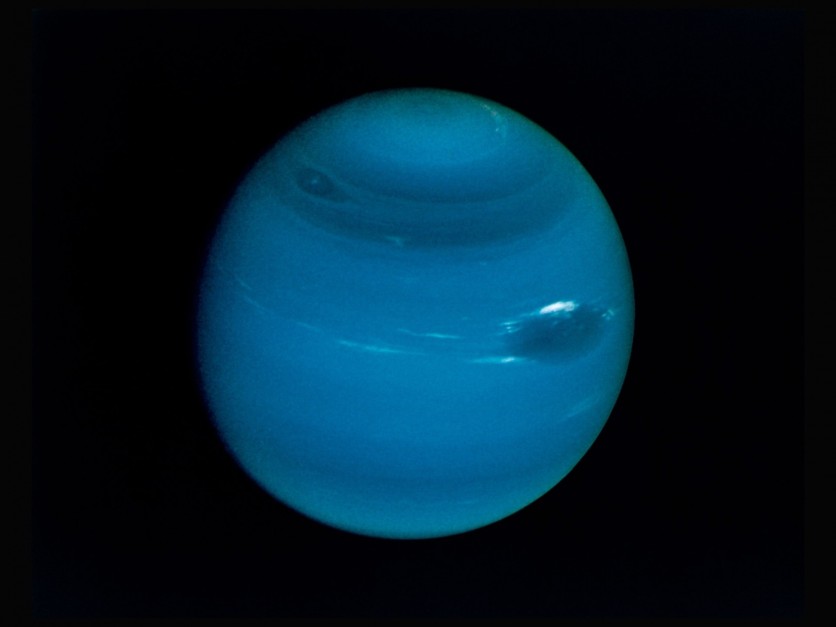Researchers from two French institutes have successfully created superionic ammonia. This scientific achievement holds immense promise for studying distant planets like Uranus and Neptune, which have remained largely elusive to us.
By simulating the extreme conditions found on these planets, scientists aim to gain a deeper understanding of their unique characteristics and mysteries.
Recreating Uranus and Neptune Inside a Lab

Neptune and Uranus, the farthest planets in our solar system, have proven challenging to explore. The Voyager-2 probe's flyby in the 1980s remains our sole encounter with these enigmatic giants.
Recognizing the difficulty of sending a new probe on a decade-long journey, researchers at the Laboratoire pour l'Utilisation des Lasers Intense (LULI) embarked on an alternative approach. By recreating planetary conditions in the laboratory, they aimed to unravel the secrets of Uranus and Neptune.
According to Interesting Engineering, current models propose that the mantles of these icy planets primarily consist of water. However, their unconventional magnetic fields suggest the presence of conductive fluids. Some scientists hypothesize that beneath the hydrogen and helium-rich atmospheres lies a mantle composed of water, methane, and ammonia.
Enter Superionic Ammonia
The key to understanding these planetary mysteries lies in achieving the superionic state of ammonia. Under the extreme pressures and temperatures inside Uranus and Neptune, it is believed that water and ammonia exist in this remarkable state.
While previous attempts to replicate these superionic conditions fell short, researchers at the Institut de Minéralogie, de Physique des Matériaux et de Cosmochimie (IMPMC), and LULI employed a combination of innovative techniques.
IMPMC researchers utilized a static compression method, applying pressure to ammonia between diamond or sapphire anvils. Although this approach alone did not achieve the superionic state, it set the stage for LULI's dynamic compression technique.
LULI scientists generated a powerful shockwave using lasers, ultimately transforming the pre-compressed ammonia into a superionic ice phase.
Read also: Mystery Unveiled: Massive Granite Deposits on the Moon May Give Clues to Ancient Lunar Volcanoes
Properties of Superionic Ammonia
In its unique state, superionic ammonia exhibits properties that are characteristic of both solids and liquids. The nitrogen atoms in the ammonia molecules arrange themselves like a solid, while hydrogen atoms exhibit more chaotic movement.
The experiments also revealed a distinct temperature-pressure pattern: as pressure increased, the temperature rose gradually until reaching a certain point, after which it rose again. This pattern indicates a phase transformation where energy is utilized to change states rather than increase temperature.
Findings on Superionic Ammonia
By synthesizing the data from these experiments with previous research, the scientists made significant discoveries. They found that superionic ammonia ice melts at lower temperatures than superionic water ice when subjected to pressures exceeding 100 gigapascals.
This finding helps explain the melting of ammonia-rich regions within the mantles of Uranus and Neptune, shedding light on their unusual magnetic activity that a water-only mantle cannot account for.
Furthermore, the research team observed that superionic ammonia exhibits higher electrical conductivity than water inside these awe-inspiring planets.
To view the study entitled "Melting curve of superionic ammonia at planetary interior conditions," visit Nature.com.

ⓒ 2025 TECHTIMES.com All rights reserved. Do not reproduce without permission.




